
10 Japanese Gardens You Should Visit for Tranquility
Japanese gardens are renowned for their beauty, tranquility, and intricate designs that reflect harmony with nature. These gardens are carefully crafted spaces that combine natural elements like rocks, water, plants, and sand to create serene landscapes. Rooted in Zen Buddhist and Shinto principles, Japanese gardens are spaces for reflection, meditation, and aesthetic enjoyment, offering visitors a peaceful retreat from everyday life.
This guide introduces ten of the most beautiful Japanese gardens, from Kyoto’s historic temples to Tokyo’s modern urban oases. Each garden provides a unique perspective on Japanese design and offers a tranquil escape filled with scenic beauty and cultural heritage.
Contents
1. Kenrokuen Garden (Kanazawa)
3. Katsura Imperial Villa (Kyoto)
4. Koishikawa Korakuen (Tokyo)
5. Adachi Museum of Art Garden (Shimane)
7. Saiho-ji (Kokedera) Moss Temple (Kyoto)
1. Kenrokuen Garden (Kanazawa)
Kenrokuen, located in Kanazawa, is one of Japan’s “Three Great Gardens.” Known for its vast grounds and seasonal beauty, Kenrokuen’s design aims to encompass the six attributes of an ideal garden: spaciousness, tranquility, artifice, antiquity, water features, and magnificent views. The garden is particularly stunning in winter when snow covers the iconic Karasaki Pine, and in spring, cherry blossoms create a picturesque landscape.
Highlights include the Kasumigaike Pond, Kotoji Lantern, and Seisonkaku Villa. Kenrokuen offers a tranquil escape with a balance of water, flora, and carefully arranged stone elements.
2. Korakuen Garden (Okayama)
Korakuen Garden in Okayama is another of Japan’s Three Great Gardens and features open lawns, scenic ponds, and traditional teahouses. Built in the 17th century, this garden incorporates elements designed to provide varying views and experiences as visitors walk along its paths. Seasonal changes bring cherry blossoms, iris flowers, and vibrant autumn leaves.
The garden’s proximity to Okayama Castle offers a stunning backdrop, and the surrounding river adds to its peaceful atmosphere. Korakuen is an ideal spot for relaxation and photography, showcasing classic Japanese garden aesthetics.
3. Katsura Imperial Villa (Kyoto)
Katsura Imperial Villa, considered one of Japan’s architectural masterpieces, combines beautifully designed gardens with traditional tea houses. Built in the 17th century for the Imperial family, the garden follows a strolling style, guiding visitors through pathways lined with ponds, carefully pruned trees, and rustic bridges.
Only accessible via guided tour, Katsura’s landscape reflects simplicity and harmony, making it a meditative place to connect with nature. The attention to detail and craftsmanship at Katsura Imperial Villa make it one of Japan’s most refined garden experiences.
4. Koishikawa Korakuen (Tokyo)
One of Tokyo’s oldest and most beautiful gardens, Koishikawa Korakuen was inspired by Chinese and Japanese aesthetics, with winding paths, ponds, and stone bridges. The garden offers a contrast to Tokyo’s urban environment, allowing visitors to enjoy seasonal views, especially during cherry blossom and autumn foliage seasons.
Highlights include the Engetsu-kyo Bridge and the miniature representation of Japan’s iconic landscape. Koishikawa Korakuen provides a serene retreat in the heart of Tokyo, combining traditional design with cityscape views.
5. Adachi Museum of Art Garden (Shimane)
The Adachi Museum of Art is renowned for its beautifully curated gardens, which are designed to resemble traditional Japanese paintings. Adachi Museum’s garden has consistently been rated as one of Japan’s best, offering meticulously maintained landscapes of raked gravel, ponds, and pine trees.
The garden is best viewed from inside the museum, providing a “living painting” experience, blending art and nature seamlessly. The Adachi Museum garden is a masterpiece that exemplifies Japanese aesthetic principles and is an essential visit for garden enthusiasts.
6. Rikugien Garden (Tokyo)
Rikugien Garden, created in the Edo period, is a traditional Japanese strolling garden inspired by classical Japanese poetry. The garden features a large central pond, artificial hills, and trails that offer a different view at every turn. Rikugien is particularly popular in autumn, when maple trees surrounding the pond turn vibrant shades of red and orange.
The Tsutsuji no Chaya tea house offers visitors a place to rest and enjoy matcha while taking in the peaceful surroundings. Rikugien provides a quiet, scenic experience in the middle of bustling Tokyo.
7. Saiho-ji (Kokedera) Moss Temple (Kyoto)
Saiho-ji, also known as the Moss Temple, is famous for its lush moss garden, which features over 120 varieties of moss. Designated a UNESCO World Heritage site, the garden’s soft green carpet creates a tranquil, otherworldly atmosphere. Visitors must make a reservation and participate in a short Zen meditation session before entering, adding to the spiritual experience.
With its unique focus on moss and serene ambiance, Saiho-ji offers a unique perspective on Japanese garden design and emphasizes harmony with nature.
8. Sengan-en (Kagoshima)
Sengan-en is a beautiful garden in Kagoshima with a stunning view of Sakurajima volcano across the bay. Built by the Shimazu clan, Sengan-en incorporates both Japanese and Western landscaping elements, including water features, stone lanterns, and a bamboo grove. Seasonal flowers like cherry blossoms and wisteria add to the garden’s vibrant beauty.
Visitors can enjoy tea at the Shoko Shuseikan Museum within the grounds, making Sengan-en a culturally rich experience that combines natural and historical elements.
9. Tenryu-ji Temple Garden (Kyoto)
Tenryu-ji, a Zen temple in Kyoto, is home to one of Japan’s most famous Zen gardens. The garden, designed in the 14th century, features a central pond surrounded by rocks and pine trees, with the Arashiyama mountains as a natural backdrop. This “borrowed scenery” technique, or shakkei, is a fundamental aspect of Japanese garden design.
The peaceful atmosphere and historical significance of Tenryu-ji make it a must-visit for anyone seeking a classic Zen garden experience in Japan.
10. Ruriko-in Temple Garden (Kyoto)
Ruriko-in Temple, located in the mountains of northern Kyoto, is famous for its vibrant maple trees, which create a breathtaking display of red and green during autumn. The temple’s garden features reflective surfaces that capture the seasonal colors, providing a mesmerizing visual effect. Open only in spring and autumn, Ruriko-in is a popular spot for photography and quiet contemplation.
The garden’s beauty and exclusivity make it one of Kyoto’s most beloved seasonal attractions, offering a unique blend of natural and man-made beauty.
These ten Japanese gardens showcase the diversity and artistry of traditional Japanese landscaping. Each garden offers visitors a serene escape into nature, filled with scenic beauty, cultural heritage, and a sense of tranquility that is deeply rooted in Japanese philosophy.
Share
You may also like
-

Visiting Japan’s Love Hotel Districts: What to Expect
Japan’s love hotel districts are famous for their unique and fascinating blend of privacy, creativity, and a touch of...
-

Top 10 Late-Night Dining Spots in Tokyo’s 24-Hour Cafes
Tokyo’s vibrant nightlife extends well beyond bars and nightclubs, with a thriving late-night dining culture tha...
-
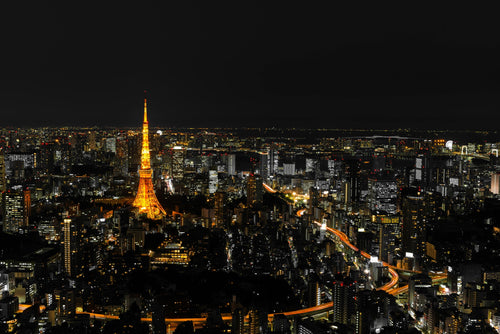
Best Night Tours in Tokyo for After-Dark Adventures
Tokyo’s nightlife is renowned for its energy, vibrancy, and unique blend of traditional and modern experiences. From ...
-
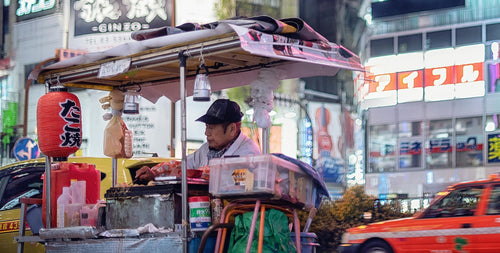
Japan’s Late-Night Food Culture: 8 Best Street Eats
Japan’s late-night food culture is a vibrant experience, especially in bustling cities like Tokyo and Osaka, where de...
-

7 Rooftop Bars in Tokyo for Stunning Views
Tokyo’s rooftop bars offer some of the best ways to soak in the city’s skyline while enjoying drinks, atmosphere, and...
-

10 Best Nightclubs in Tokyo for Dancing and Music Lovers
Tokyo's nightlife is renowned for its variety and energy, with nightclubs that range from high-energy dance floors to...
-

8 Themed Bars and Cafes You Need to Visit in Tokyo
Tokyo is famous for its creative and quirky themed bars and cafes, offering immersive experiences for locals and...
-

Tokyo Nightlife Guide: Shinjuku, Shibuya, and Roppongi Highlights
Tokyo’s nightlife is legendary, offering a mix of vibrant energy, entertainment, and unique experiences in some of it...
-
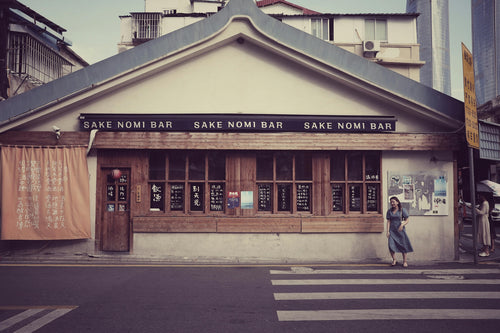
7 Best Japanese Sake Bars in Tokyo
Tokyo is home to some of Japan’s best sake bars, offering both locals and visitors an opportunity to explore the...
-
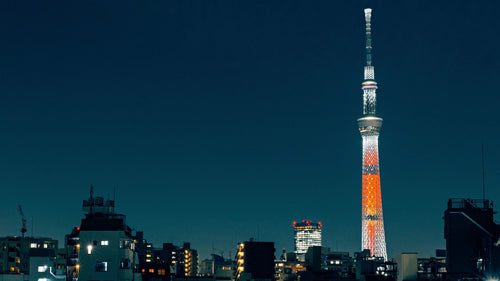
Top 6 Observation Decks in Tokyo for Scenic Views
Tokyo’s observation decks offer some of the best panoramic views of the city, giving visitors a chance to see th...
-
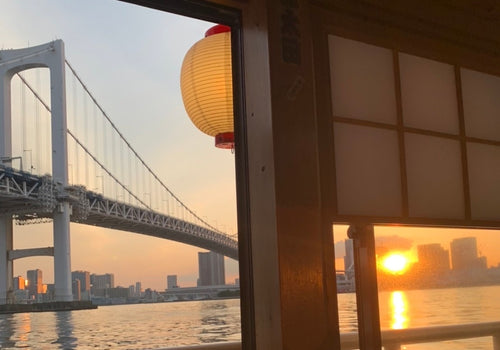
Night Cruises in Tokyo: Enjoy the City Views
Tokyo’s skyline is mesmerizing at any time, but experiencing it from the water on a night cruise adds a magical ...
-
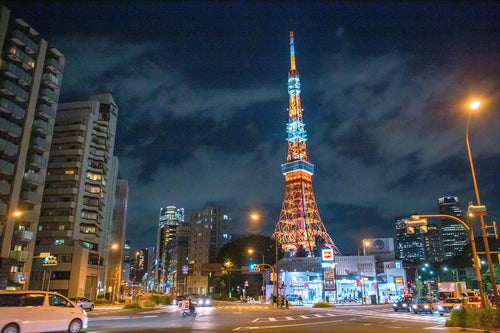
Roppongi Art and Nightlife Guide
Roppongi is one of Tokyo’s most vibrant districts, known for its lively nightlife, sophisticated art scene, and ...
-
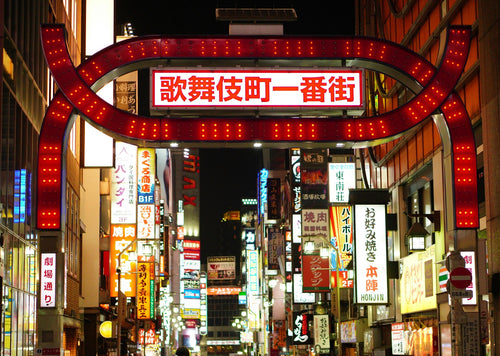
Nightlife Guide to Shinjuku Kabukicho
Shinjuku’s Kabukicho district, known as Tokyo’s “Sleepless Town,” is the center of nightlife in Tokyo. Renowned ...
-
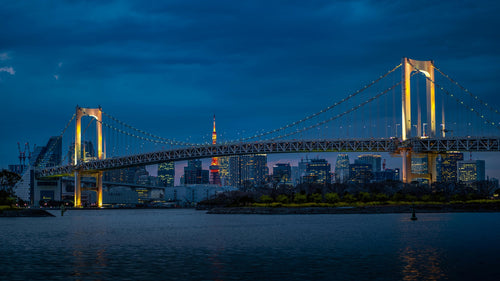
6 Best Night View Spots in Tokyo
Tokyo at night is a breathtaking spectacle, with illuminated skyscrapers, iconic landmarks, and bustling streets that...
-
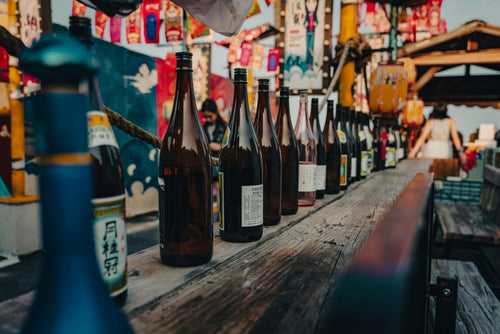
Top 12 Sake Breweries in Japan for Tasting and Tours
Japan’s sake culture is celebrated around the world for its depth, complexity, and rich history. Sake, or nihons...
-
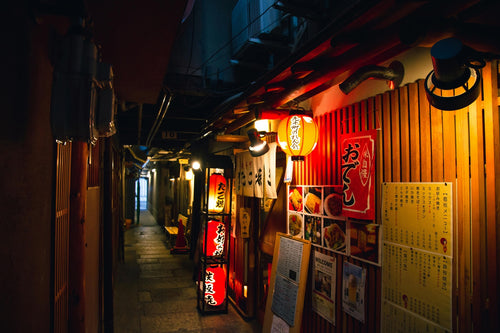
How to Enjoy a Night at a Japanese Izakaya
Japanese izakayas are casual, lively spots where locals gather after work to enjoy drinks, share small plates, a...
-

Exploring Karaoke Culture in Japan: 8 Best Places to Sing
Karaoke is an integral part of Japanese culture, offering a fun and entertaining way for friends, family, and even co...
-
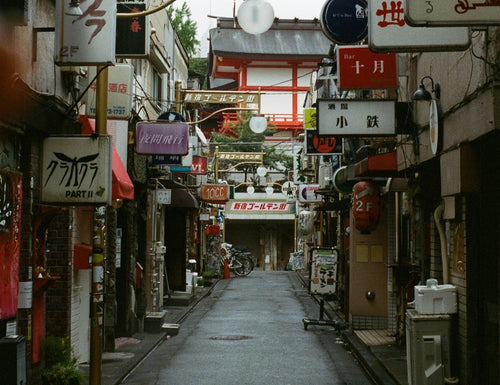
5 recommended bars in Golden Gai
Golden Gai, nestled in the heart of Tokyo’s Shinjuku district, is one of the city’s most iconic bar districts. Known ...
-
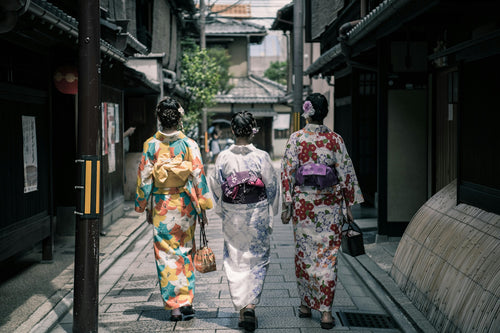
Japan’s Kimono Heritage: Symbolism, Style, and Where to See
The kimono, Japan’s traditional garment, is a beautiful and symbolic representation of Japanese culture. From its int...
-
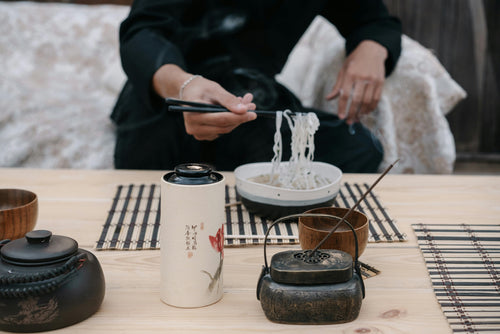
Etiquette Essentials for Visitors to Japan
Japan’s culture is rich in respect, politeness, and consideration, making etiquette an essential part of daily l...
-

7 Best Places to Discover Japan’s Samurai History
Japan’s samurai history is one of honor, skill, and deep cultural influence, stretching back centuries and leaving an...
-
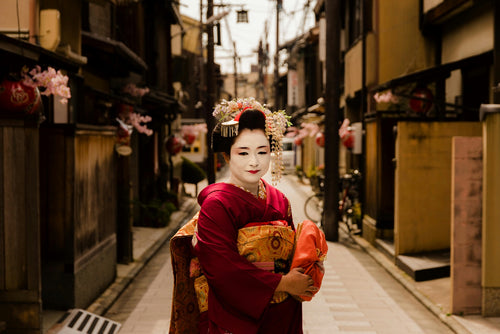
Geisha Culture in Japan: Myths and Realities
The world of geisha, Japan’s skilled performers and keepers of traditional arts, has long intrigued people around th...
-
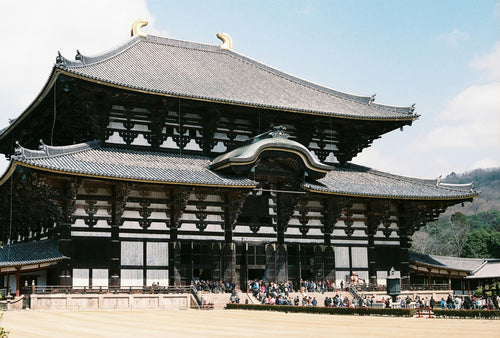
Japan’s Unique Architecture: Top 8 Traditional and Modern Landmarks
Japan is renowned for its unique blend of ancient architectural heritage and cutting-edge modern designs. From c...
-
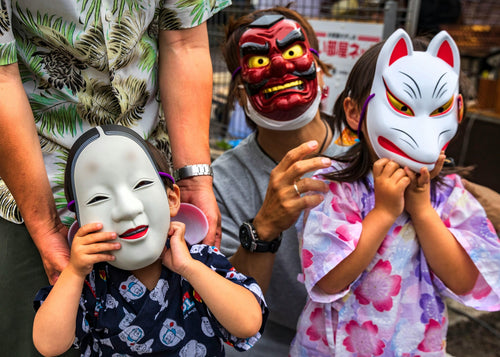
10 Traditional Japanese Festivals (Matsuri) You Can’t Miss
Japanese festivals, or *matsuri*, are vibrant celebrations of cultural heritage, featuring elaborate costumes, l...
-
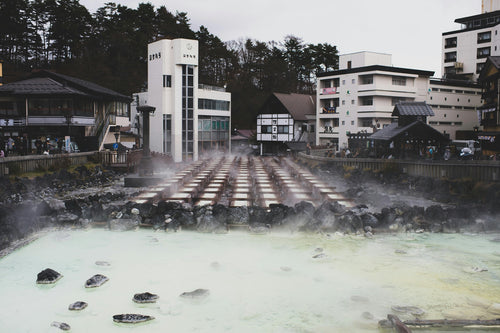
Japan’s Three Great Onsen: A Guide to Famous Hot Springs
Japan is famous for its natural hot springs, or *onsen* (温泉), offering visitors a unique opportunity to relax and rej...
-
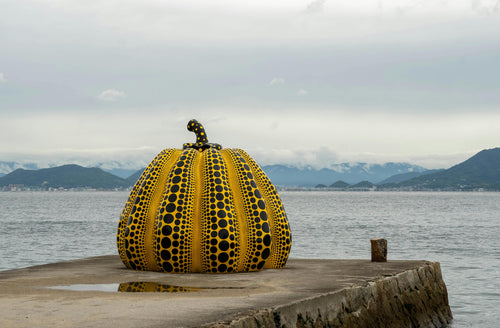
Japanese Art Exploration: Best Spots to Enjoy Art in Japan
Japan is a country rich in artistic heritage, from centuries-old traditional crafts to modern, innovative instal...
-

Guide to Japan’s Fireworks Festivals: When and Where to Go
Japan’s summer fireworks festivals, known as "hanabi taikai" (花火大会), are among the most anticipated events in th...
-
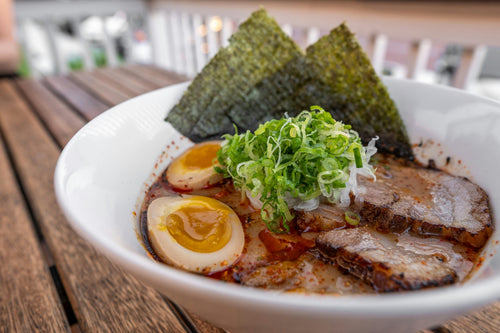
Where to Experience Ramen-Making Classes in Japan
Ramen is one of Japan’s most beloved dishes, with countless regional styles and flavors that attract food lovers from...
-
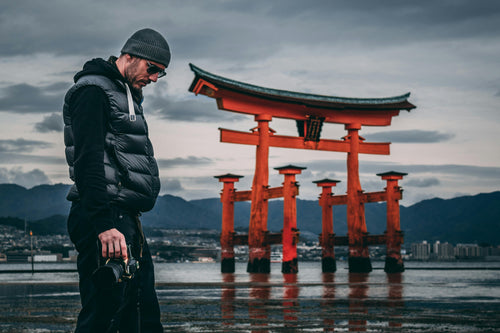
Power Spot Tours: Japan’s Famous Temples and Shrines
Japan is a land steeped in spiritual history, and visiting its temples and shrines provides not only a glimpse i...
-
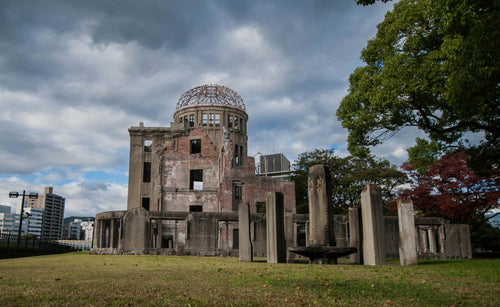
UNESCO World Heritage Site Tour Guide in Japan
Japan is home to numerous UNESCO World Heritage Sites, each offering a glimpse into the country’s rich cultural herit...
-
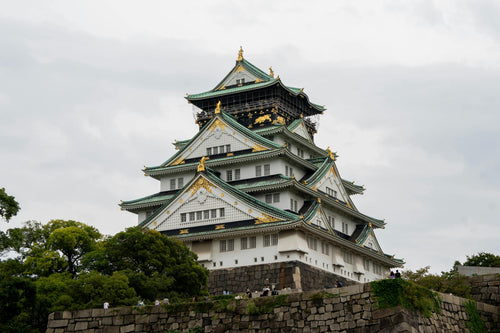
5 Famous Japanese Castles: History and Highlights
Japan is home to some of the most beautiful and historically significant castles in the world. Built during the feuda...
-

10 Unique Drinks to Try from Japanese Vending Machines
Japan is famous for its vending machines, offering an incredible variety of drinks that go beyond just soft drinks an...
-
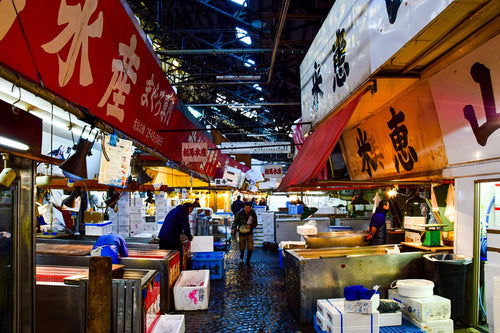
Tokyo Market Guide: Exploring Tsukiji and Toyosu Markets
Tokyo's Tsukiji and Toyosu Markets are must-visit spots for food lovers and anyone interested in Japan’s rich culinar...
-
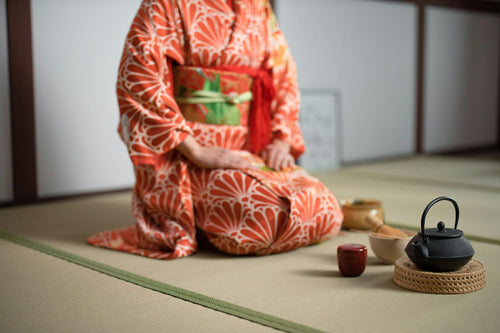
Experiencing Traditional Tea Ceremony in Tokyo
The Japanese tea ceremony, or "chanoyu," is a cultural experience steeped in tradition, aesthetics, and mindfulness....
-
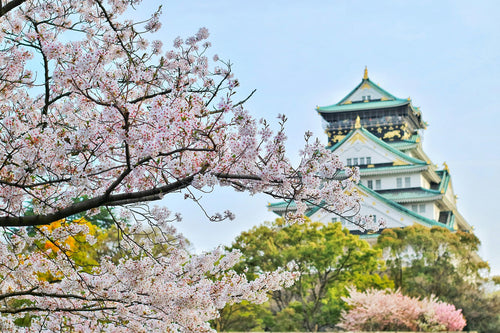
Top 7 Cherry Blossom Viewing Locations in Tokyo
Springtime in Tokyo is synonymous with the cherry blossom season, a breathtaking period when the city’s parks, rivers...
-
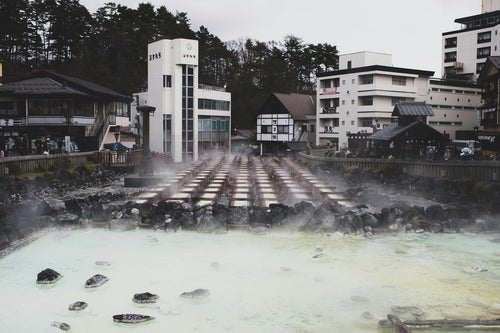
What is Onsen? A Guide to History, Benefits, and Etiquette
Onsen, Japan’s cherished hot spring culture, offers a unique blend of relaxation, scenic beauty, and deep-rooted trad...
-
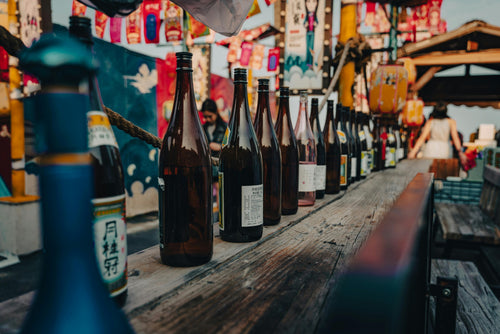
What is Sake? Its Production Method and History
Sake is a traditional Japanese alcoholic beverage made from fermented rice. It has been enjoyed in Japan for over a t...
-

8 hot springs with beautiful scenery near Tokyo
Tokyo is a bustling metropolis, but just outside the city are some of Japan's most serene hot springs, or onsens, off...
-
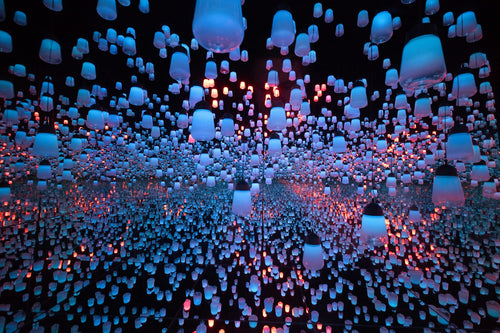
Top 10 museum to visit in Tokyo
Tokyo is home to a diverse range of museums that cater to all interests, from art and history to technology and pop c...
-
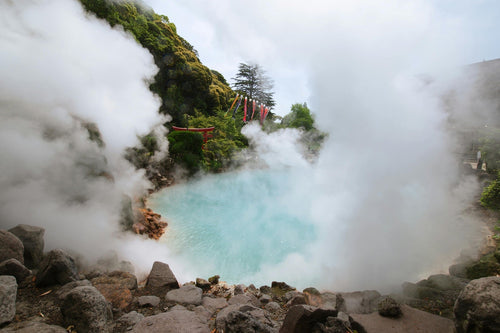
9 Best Hot Spring and Bathhouse in Tokyo
Tokyo is known for its vibrant urban energy, but it's also a fantastic place to relax and rejuvenate in hot springs (...
-

15 Famous Temples and Shrines to Visit near Tokyo
Tokyo and its surrounding areas are home to many famous temples and shrines that showcase Japan's rich spiritual and ...









































